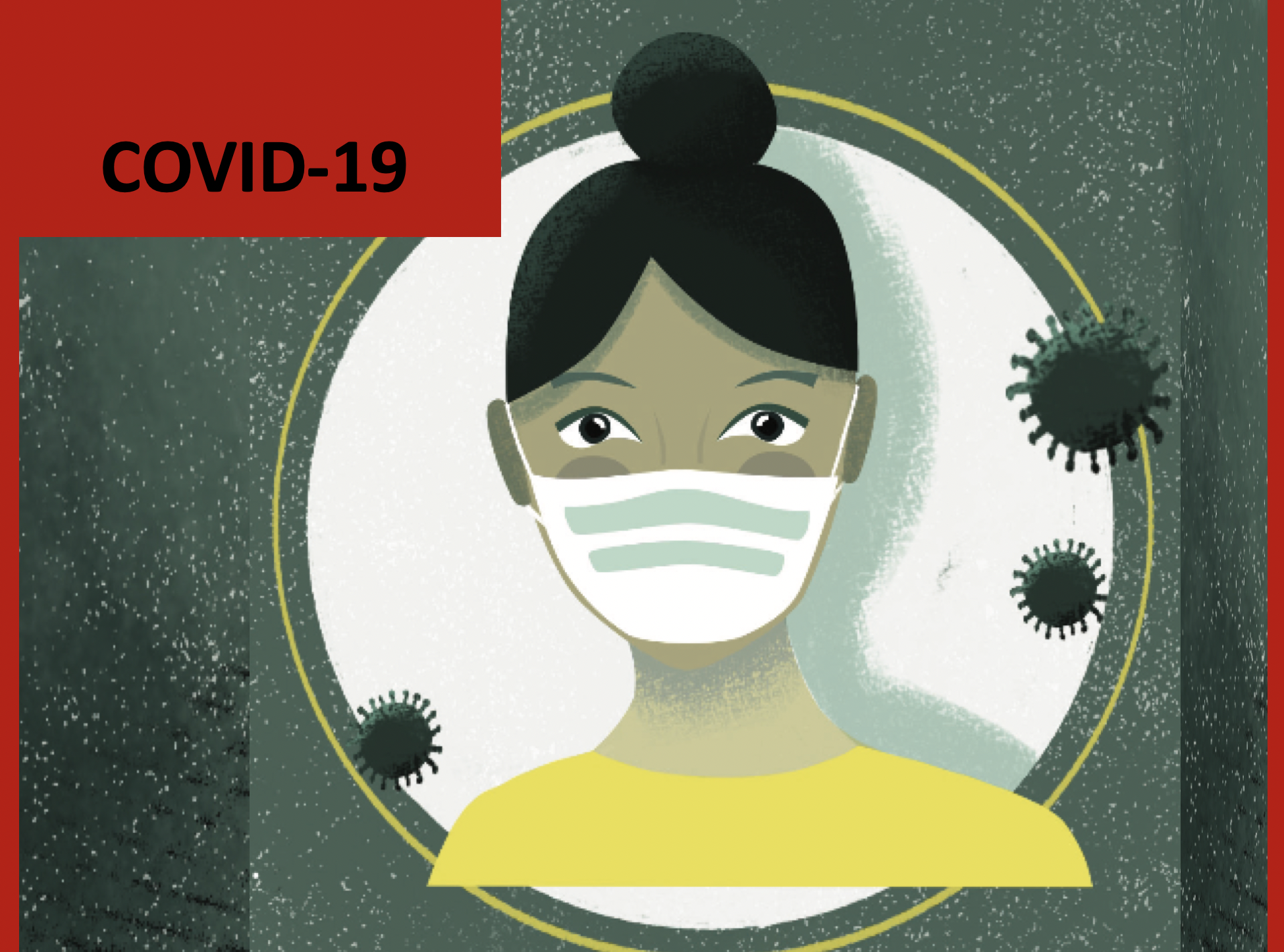
COVID-19 pandemic in Laos and impacts on our activities
April 26, 2021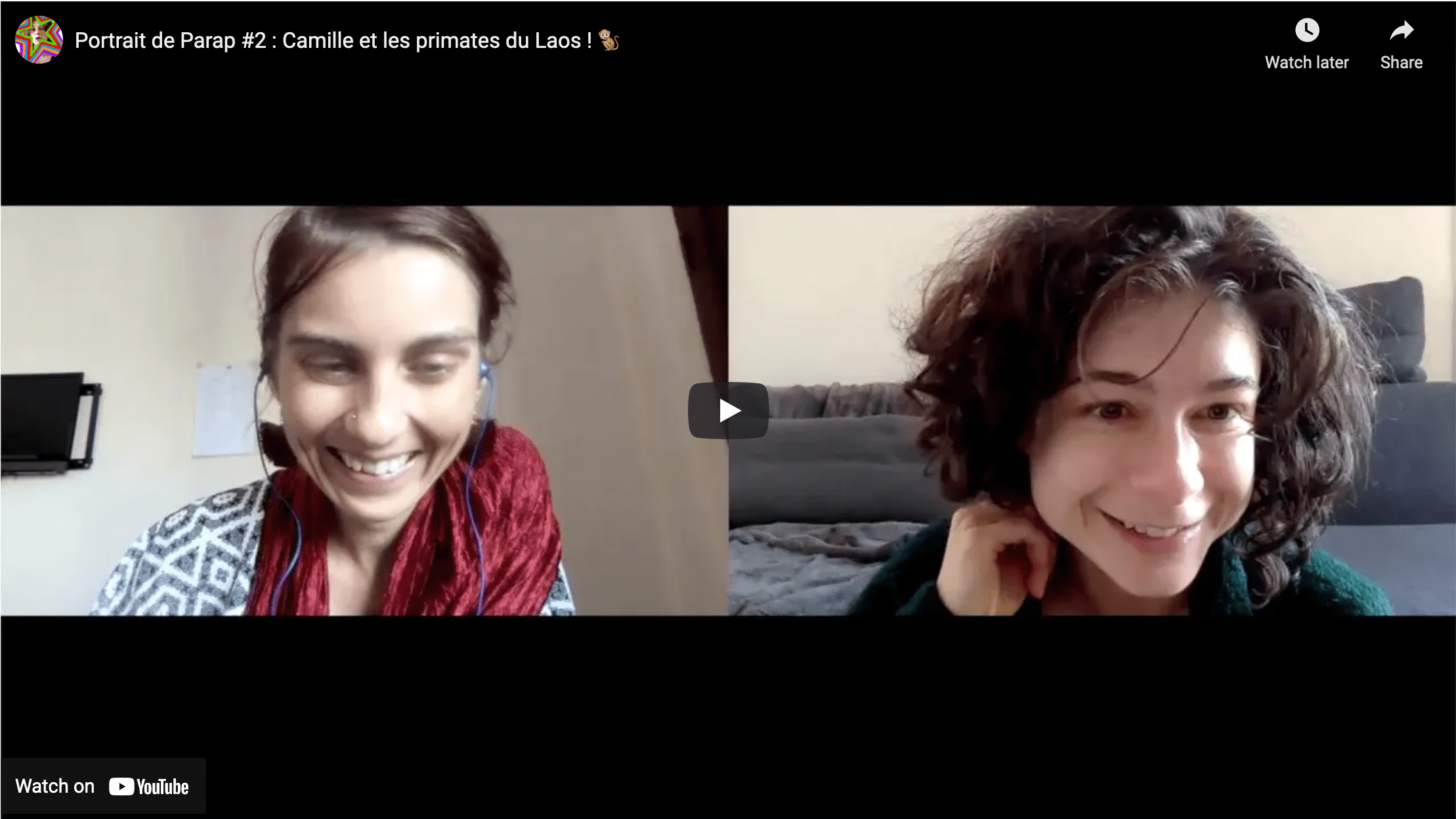
Interview of Camille, founder and director of Association Anoulak [Interview in French]
May 16, 2021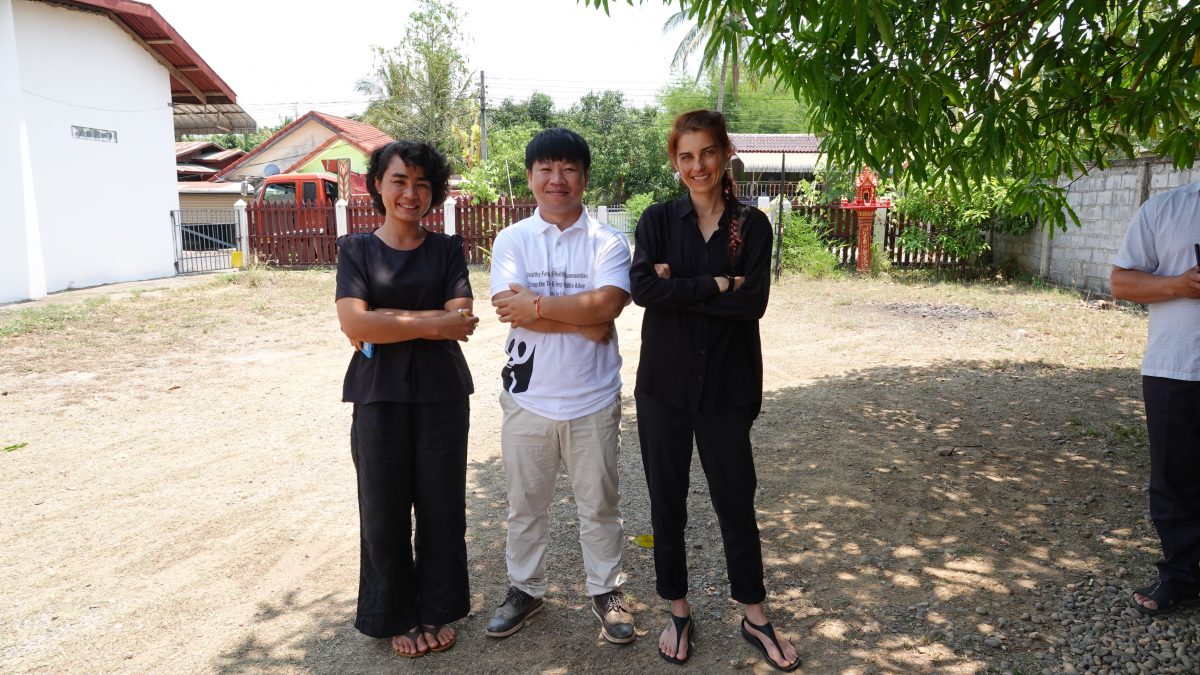
As part of our commitment to biodiversity conservation in the Annamite Mountains of Laos, we are pleased to extend our interventions in different sites in this biodiversity hotspot.
In April 2021, Association Anoulak started a consultancy collaboration with WWF-Laos to implement a systematic biodiversity monitoring program with camera-traps in one of WWF-Laos target sites in Laos as part of the Carbon and Biodiversity Phase 2 project (CarBi 2)[1]: Xe Sap National Protected Area (in Sekong and Salavan Provinces), located along the Annamite Mountain range. We will apply the same camera-trap monitoring protocols which were also used during CarBi’s phase one, and that Association Anoulak has been implementing in Nakai – Nam Theun National Park, with a systematic survey design that allows us to monitor trends in populations of wildlife over time, and at landscape level. This systematic camera trapping assignment is also building on CarBi’s collaboration with the Leibniz Institute for Zoo and Wildlife Research (IZW), Germany, one of Association Anoulak’s long-term partners as well.
Xe Sap National Protected Area is located within two southern provinces in the Annamite Mountains of Laos. The assignment is therefore being implemented in close collaboration with CarBi’s Government partners from both Sekong and Salavan Provinces.
The survey work will start in 2021 and is expected to be completed in 2022. The results of this first baseline survey will provide valuable information on the current status of the most threatened species of the Annamite Mountains. These surveys will then need to be replicated every few years to assess the impact of conservation interventions carried out by CarBi II.
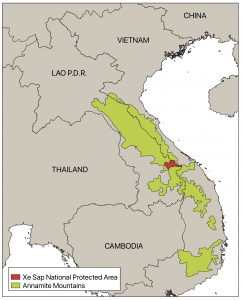
![]()
![]()
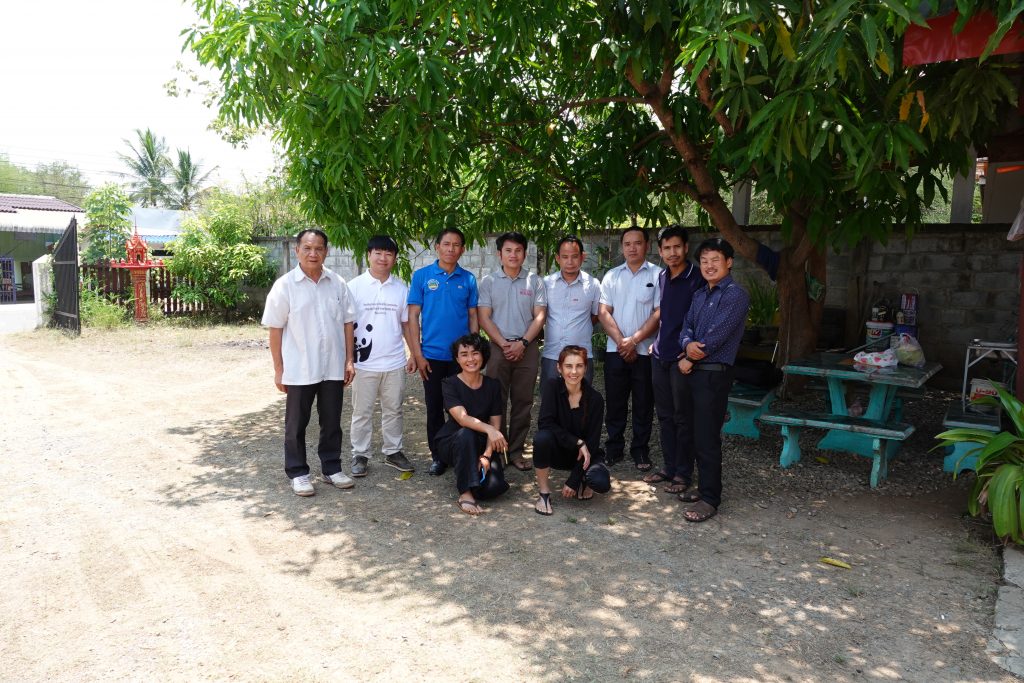
WWF managing and coordinating team with Association Anoulak technical team
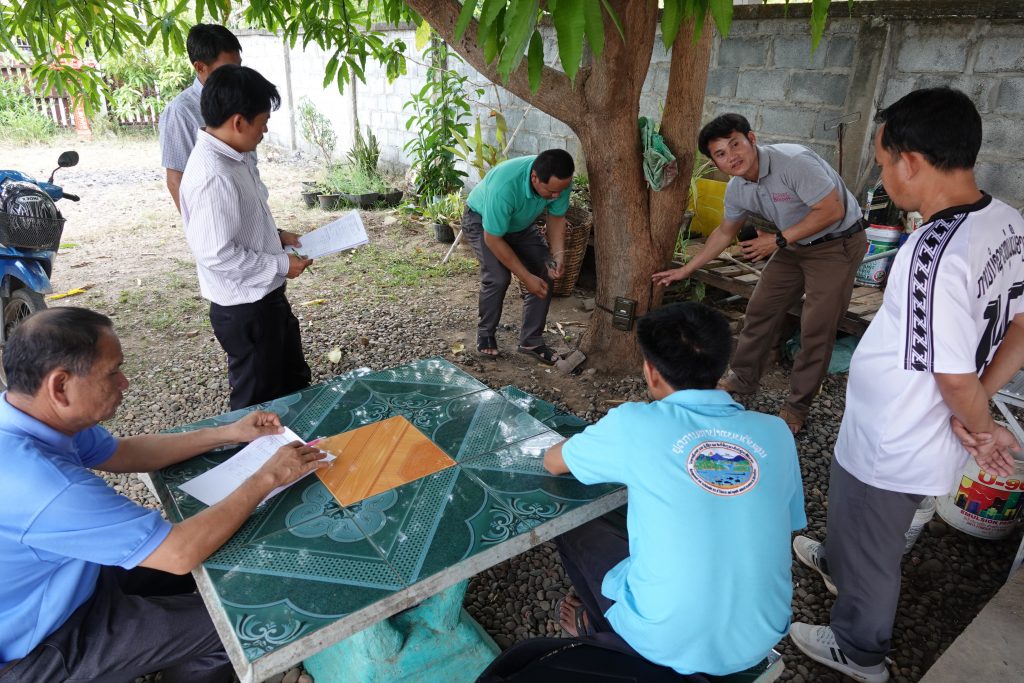
Technical planning meeting
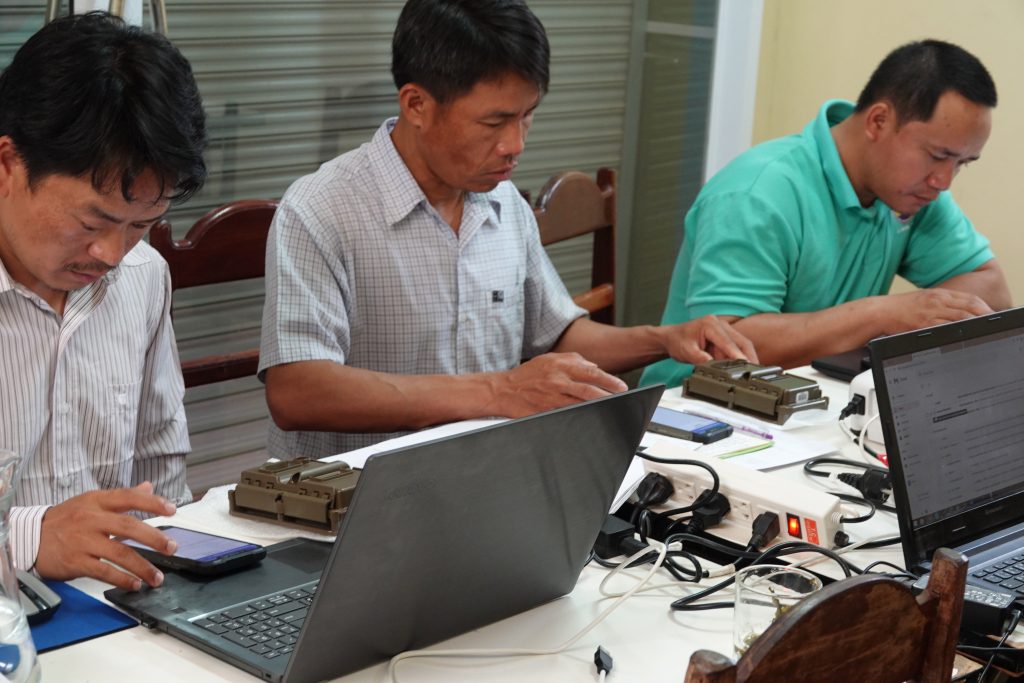
Technical planning meeting
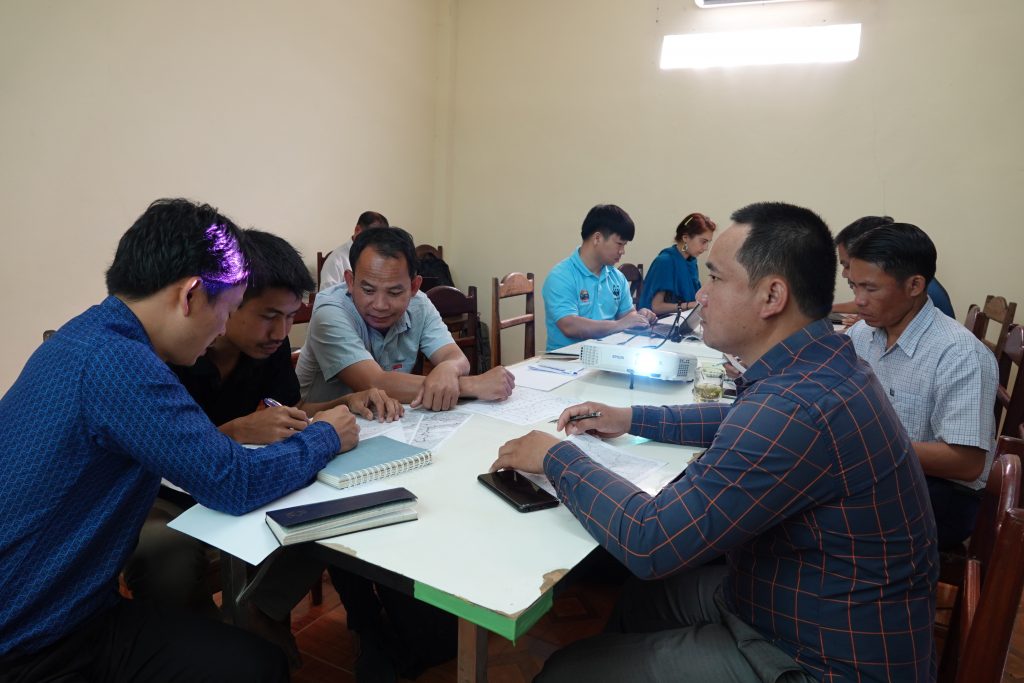
Technical planning meeting
[1] The Carbon and Biodiversity Programme (CarBi II) is implemented by WWF through KfW, and part of the International Climate Initiative (IKI). The Federal Ministry for the Environment, Nature Conservation and Nuclear Safety (BMU) supports this initiative on the basis of a decision adopted by the German Bundestag.

1 Comment
[…] the pilot villages; our research field officers have been implementing field work as part of our consultancy collaboration with WWF-Laos and monitoring of our canopy camera-traps; and we resumed the financial support of 6 anti-poaching […]